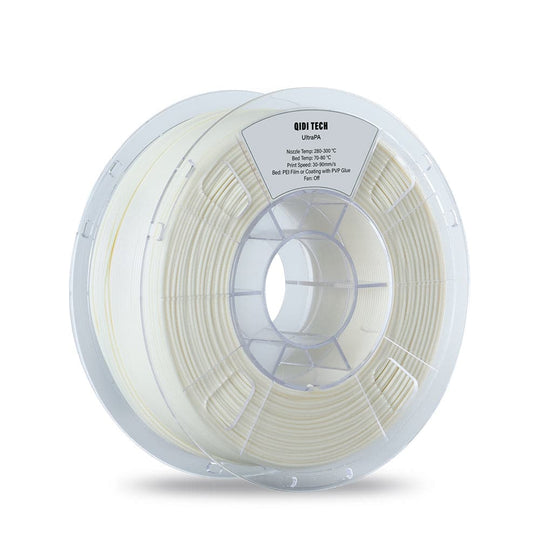When it comes to filament for complex 3D prints, the choice of material can significantly impact the quality and functionality of your final product. Understanding the various types of filaments available is essential for achieving optimal results in your 3D printing projects. This article will delve into the pros and cons of different filaments, providing you with the knowledge needed to make informed decisions.

Understanding Filament Types
There are several types of filaments used in 3D printing, each with unique properties. The most common filaments include:
- PLA (Polylactic Acid)
- ABS (Acrylonitrile Butadiene Styrene)
- PETG (Polyethylene Terephthalate Glycol)
- TPU (Thermoplastic Polyurethane)
Pros and Cons of PLA Filament
PLA is one of the most popular filaments for beginners and professionals alike. It is biodegradable and easy to print, making it an excellent choice for complex 3D prints. However, while PLA offers a smooth finish and vibrant colors, it has a lower heat resistance compared to other materials.
Advantages of PLA
- Easy to print with minimal warping.
- Environmentally friendly and biodegradable.
- Available in a wide range of colors.
Disadvantages of PLA
- Lower heat resistance can lead to deformation.
- Not as durable as other filaments.
Exploring ABS Filament
ABS is known for its strength and durability, making it suitable for functional parts and prototypes. However, it requires a heated bed and can emit fumes during printing, which may be a concern for some users.
Advantages of ABS
- High strength and impact resistance.
- Good heat resistance, suitable for functional parts.
Disadvantages of ABS
- Can warp if not printed on a heated bed.
- Emits fumes that may require ventilation.
PETG: The Best of Both Worlds
PETG combines the ease of printing of PLA with the durability of ABS. It is resistant to moisture and chemicals, making it ideal for outdoor applications. However, it can be more challenging to print than PLA.
Advantages of PETG
- Strong and durable with good flexibility.
- Resistant to moisture and chemicals.
Disadvantages of PETG
- Can be stringy during printing.
- Requires careful temperature management.
TPU: Flexibility at Its Best
TPU is a flexible filament that is perfect for creating parts that require elasticity. It is ideal for items like phone cases and wearables. However, printing with TPU can be tricky due to its flexibility.
Advantages of TPU
- Highly flexible and durable.
- Excellent for creating rubber-like parts.
Disadvantages of TPU
- Can be difficult to print due to its flexibility.
- Requires precise settings to avoid clogging.
Conclusion
Choosing the right filament for complex 3D prints is crucial for achieving the desired results. Each filament type has its own set of advantages and disadvantages, and understanding these can help you select the best material for your specific project. For a wide selection of high-quality filaments, consider visiting .








